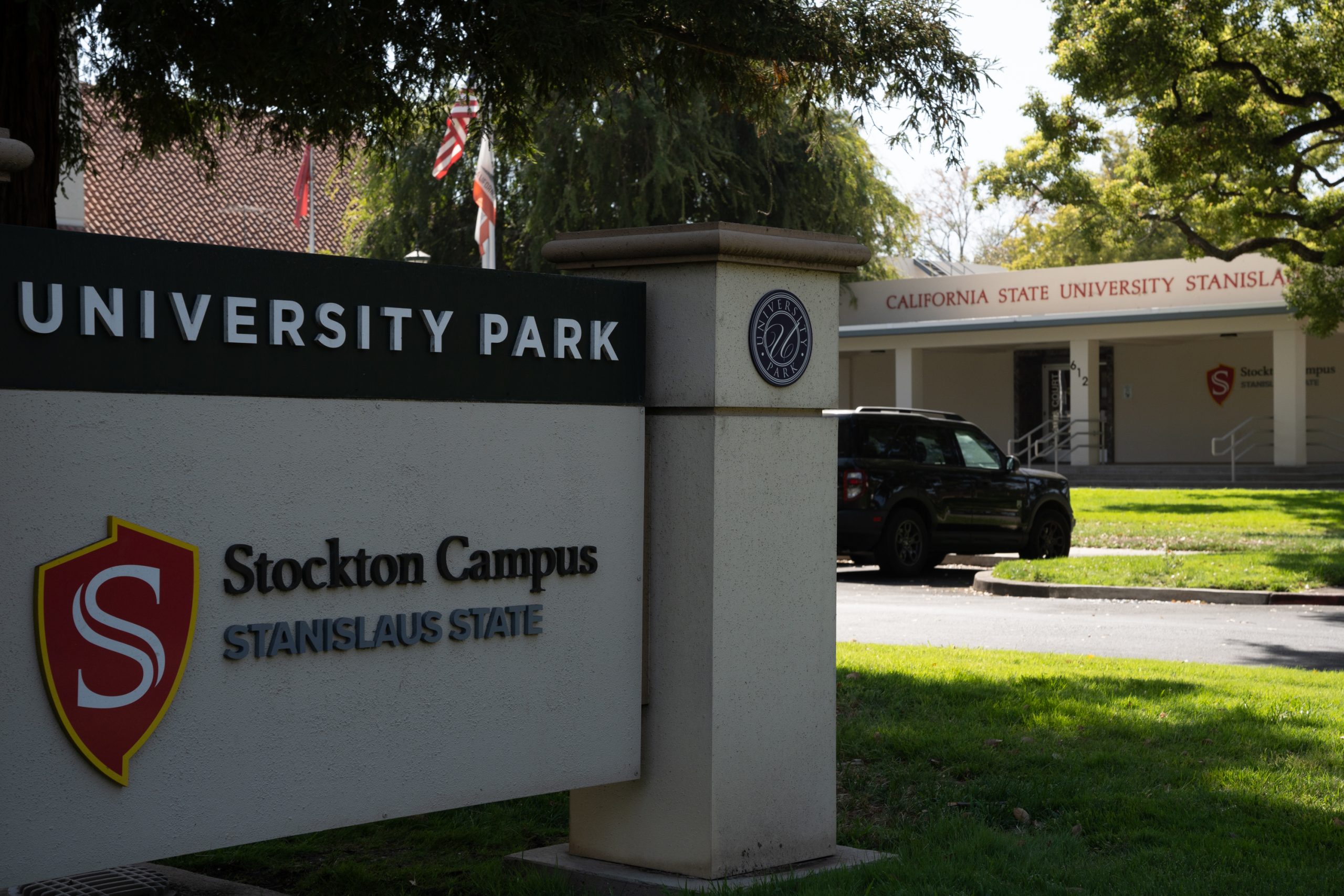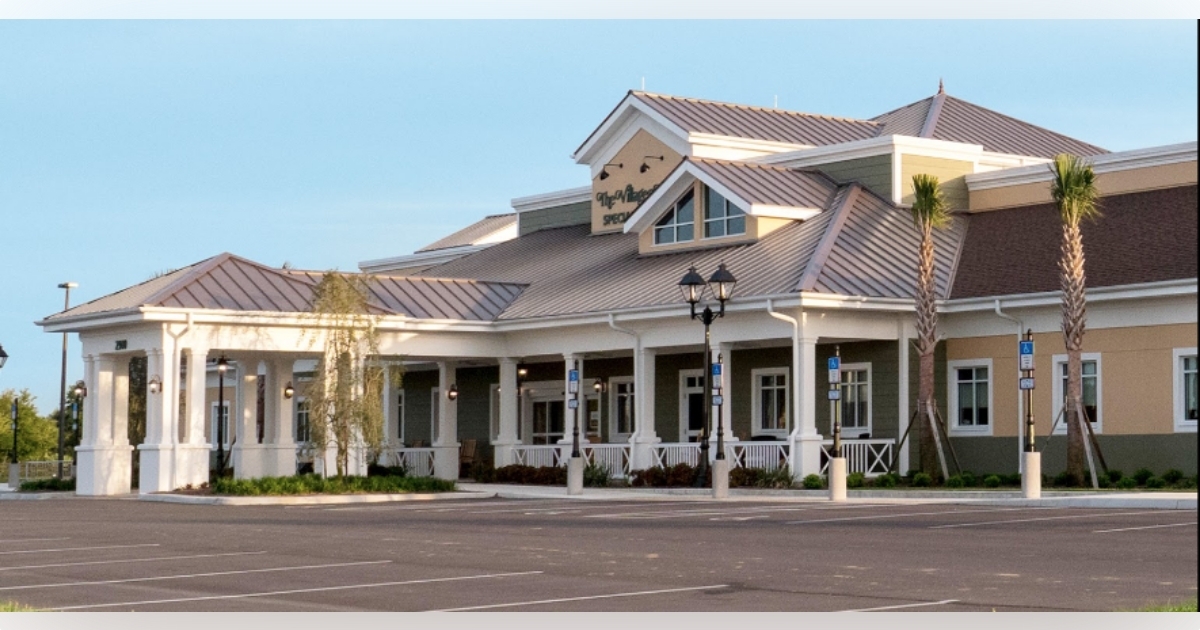
California is grappling with a growing shortage of healthcare workers, a challenge intensified by the state’s rapid population growth, an aging Baby Boomer generation, and a broader expansion of healthcare coverage.
The state’s population continues to rise, placing increased strain on an already overburdened healthcare system. This growth has been accompanied by demographic shifts, particularly the aging of the Baby Boomer generation, who are now entering retirement age and typically require more frequent and complex medical care. According to health experts, this demographic has begun to significantly increase the demand for medical services, just as many within their own generation who formerly worked in healthcare are retiring themselves.
Simultaneously, the expansion of health coverage through state and federal programs has resulted in millions of additional Californians gaining access to care. While this is a positive development for public health outcomes, it has also led to increased patient volumes at clinics, hospitals, and long-term care facilities — exacerbating the workforce shortage.
State officials and industry leaders have flagged the shortage as a critical issue that could compromise the quality and accessibility of healthcare across California. In response, lawmakers and educational institutions are exploring strategies to recruit and train more healthcare professionals, including increasing funding for medical and nursing schools, offering incentives for healthcare workers to practice in underserved areas, and expanding roles for nurse practitioners and physician assistants.
The multifaceted nature of the problem means that addressing it will require long-term planning and coordination across sectors — from education to public health to workforce development. Without immediate action, experts warn the shortage could worsen, impacting patient outcomes and increasing systemic strain throughout California’s healthcare network.
Source: https:// – Courtesy of the original publisher.








